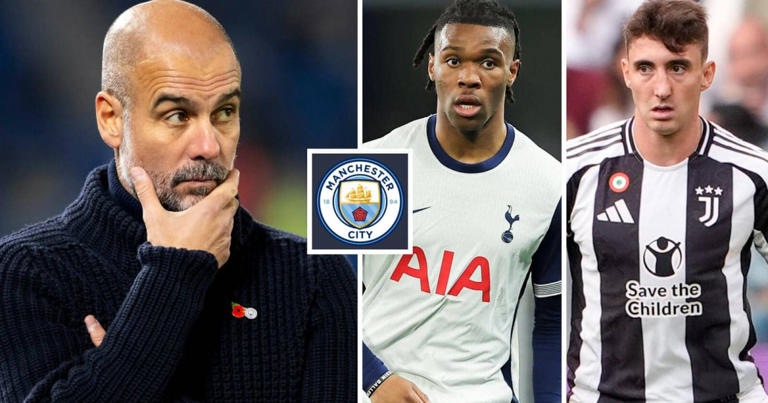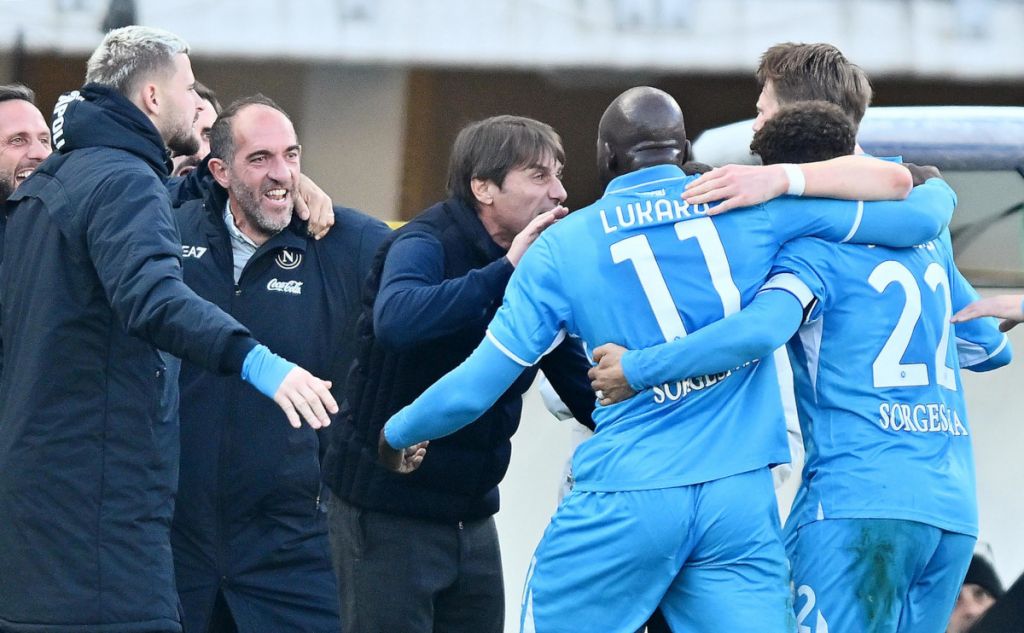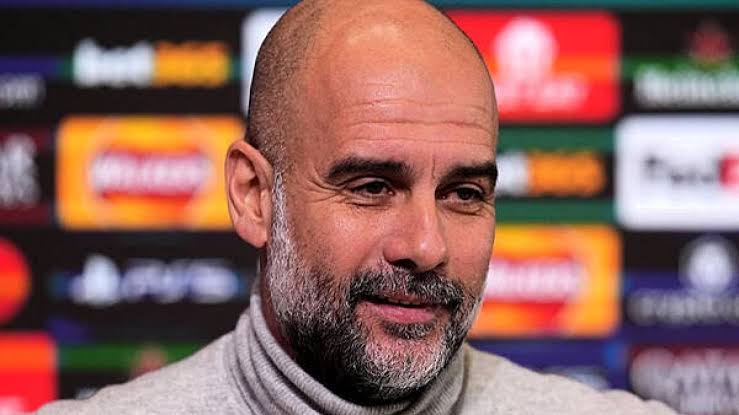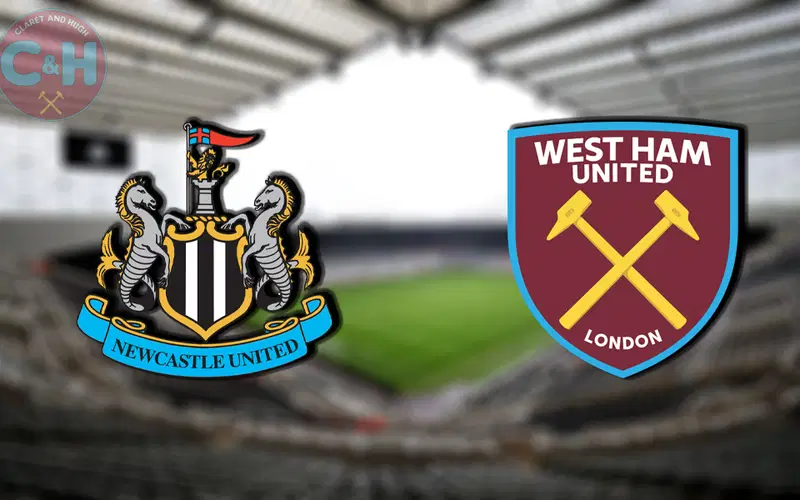In a significant development that could reshape both Manchester City’s midfield structure and AC Milan’s future plans, transfer expert Fabrizio Romano has confirmed that the Premier League champions are preparing to launch their first official bid for Dutch midfielder Tijjani Reijnders. This pursuit represents one of the most intriguing transfer sagas of the early summer window, with far-reaching implications for both clubs involved.
The Imminent Bid
According to Romano’s latest revelations, Manchester City are set to table an opening offer “in the next few days” that will exceed €50 million for the 27-year-old Dutchman. This move underlines Pep Guardiola’s admiration for Reijnders, whom the City management team—particularly Sporting Director Hugo Viana—views as “the perfect player as number 8” for their system.
“Manchester City will present an official offer in the next few days. It is expected to be more than 50 million euros,” Romano confirmed in his recent YouTube update. “Manchester City is preparing this proposal. Manchester City also needs to negotiate a big contract with Reijnders.”
The timing of this pursuit is particularly noteworthy, coming just months after Reijnders committed his long-term future to Milan by signing a contract extension until 2030. This extension was widely celebrated by the Rossoneri faithful as a statement of intent from both the player and the club, making City’s pursuit all the more audacious.
Reijnders’ Rise to Prominence
Reijnders’ journey to becoming a coveted transfer target for one of Europe’s elite clubs is a testament to his remarkable development since arriving at AC Milan in the summer of 2023 from AZ Alkmaar. In less than two full seasons at San Siro, the Dutchman has established himself as one of Serie A’s standout midfielders, combining technical excellence with tactical intelligence and consistent offensive output.
This season has been particularly impressive for Reijnders, with the midfielder contributing 15 goals across all competitions—a remarkable tally that highlights his evolution into a complete midfield presence. His ability to dictate play from deep, progress the ball under pressure, and arrive late in the box to finish attacking moves has made him an invaluable asset for Milan.
What makes Reijnders especially appealing to a manager like Guardiola is his positional awareness and ability to operate in multiple midfield roles. Whether deployed as part of a double pivot, as an advanced number eight, or occasionally in a more defensive screening position, Reijnders has demonstrated the tactical flexibility that City’s fluid system demands.
Manchester City’s Midfield Plans
City’s pursuit of Reijnders must be viewed within the context of the club’s midfield evolution. With veterans like Kevin De Bruyne approaching the latter stages of their prime years and İlkay Gündoğan returning last season after his brief Barcelona sojourn, Guardiola appears to be planning for the future while maintaining the team’s competitive edge.
Reijnders would offer a different profile to City’s existing midfield options. While possessing the technical security of Rodri and the spatial awareness of Bernardo Silva, he brings his own unique combination of defensive diligence and attacking thrust. His arrival would provide Guardiola with additional tactical flexibility and potentially allow for a smoother transition as some of the team’s current stalwarts gradually see their roles evolve.
The Dutchman’s comfort in possession and ability to operate in tight spaces aligns perfectly with City’s possession-dominant approach. Furthermore, his proven goal-scoring record this season addresses one area where City might look to strengthen—midfield goal contributions, particularly with the evolving role of De Bruyne.
AC Milan’s Dilemma
For Milan, this transfer approach presents a significant dilemma that extends beyond the simple question of whether to retain or sell a key player. The club finds itself at a crossroads following their failure to secure Champions League qualification, which has created a substantial gap in their projected budget.
As the original report notes: “Milan missing out on the top four will leave a hole in the budget, at least compared to recent seasons. That means the management have a dilemma of sorts: they must decide whether to try plug the gap with sales, or whether to double down on the current core and invest to build around them.”
This financial reality forces Milan into a difficult decision-making process. On one hand, selling Reijnders for a substantial fee would help address their immediate financial concerns and provide funds for a broader squad rebuild. On the other hand, parting with one of their most consistent performers risks further destabilizing a team already struggling to meet expectations.
The timing of Reijnders’ contract extension until 2030 complicates matters further. This long-term commitment strengthens Milan’s negotiating position, allowing them to demand a premium fee should they choose to sell. However, it also creates an expectation among supporters that the club intends to build around Reijnders rather than cash in on his rising stock.
Fan Reaction and Expectations
The mere suggestion of Reijnders’ potential departure has already triggered intense debate among the Milan faithful. A cursory glance at the comments section of the original article reveals the polarized views within the fanbase:
One supporter, Keith, took a maximalist stance, suggesting: “AC Milan should not sell for less than 100 Million.” This sentiment reflects a section of the fanbase that recognizes Reijnders’ value and believes the club should only consider truly exceptional offers.
Another fan, using the handle “uberhulk,” proposed a more nuanced approach: “€80 million + McAtee or O’Reilly.” This suggestion acknowledges the potential value in acquiring promising young talent as part of any deal, potentially helping Milan build for the future while addressing immediate financial concerns.
However, not all supporters share this high valuation of Reijnders. A more critical voice, Tito, offered a scathing assessment: “Take what you can for this useless player who never did any good against a top 5 team. Just look at the cup final.” This perspective, while harsh, highlights the divided opinions regarding Reijnders’ contributions in high-stakes encounters.
These varying reactions underscore the complex emotional and strategic considerations at play. For many supporters, selling a player who recently committed his future to the club sends a troubling message about Milan’s ambitions and stability. For others, the potential windfall represents an opportunity to address multiple squad deficiencies.
The Financial Equation
While Romano reports that City’s opening bid will exceed €50 million, the actual valuation of Reijnders in the current market is subject to debate. His long-term contract, consistent performances, and age profile (at 27, he’s entering his prime years) all enhance his market value.
The €50 million figure likely represents City’s initial approach rather than their maximum valuation. In modern football’s protracted negotiation processes, this opening bid serves primarily to establish formal contact and gauge Milan’s receptiveness to a potential sale.
Milan’s financial calculations must account for several factors beyond the raw transfer fee. Reijnders’ sale would remove his salary from the wage bill, but would also necessitate finding a replacement—likely at considerable expense given the difficulty of acquiring midfielders with similar qualities. Additionally, the opportunity cost of losing a player who has integrated successfully into Serie A cannot be overlooked.
From City’s perspective, while €50 million represents a significant investment, it could prove excellent value for a player who appears tailor-made for their system and could potentially contribute at the highest level for the next five to six seasons.
Technical Fit at Manchester City
Guardiola’s system demands specific attributes from his midfielders: technical security under pressure, positional intelligence, the ability to play progressive passes, and the tactical discipline to maintain structure while still offering attacking support. Reijnders has demonstrated all these qualities during his time at Milan.
His ball progression metrics are particularly impressive. Whether through carrying the ball past opposition players or executing line-breaking passes, Reijnders consistently helps his team advance up the pitch. This ability would be especially valuable at City, where breaking down deep defensive blocks remains a constant challenge.
Defensively, while not primarily known as a ball-winner, Reijnders possesses the spatial awareness and work rate to contribute to City’s pressing system. His defensive contributions often come through intelligent positioning to intercept passes rather than through aggressive tackling—an approach that aligns with Guardiola’s preference for controlled defending.
Perhaps most importantly, Reijnders has shown the capacity to interpret and execute different tactical instructions. Given Guardiola’s propensity for tactical adjustments between and during matches, this adaptability would be invaluable.
Milan’s Potential Replacements
Should Milan ultimately decide to sanction Reijnders’ sale, identifying a suitable replacement would become an immediate priority. The club would likely pursue one of several strategies:
- Direct Replacement: Attempting to find a midfielder with a similar profile to Reijnders—technically secure, press-resistant, and with goal-scoring capability.
- System Adaptation: Modifying their tactical approach to accommodate different midfield profiles, potentially emphasizing other qualities like defensive solidity or creative passing.
- Internal Solution: Promoting promising talent from within or reallocating responsibilities among existing squad members.
Each approach carries its own risks and potential rewards. A direct replacement would minimize tactical disruption but might require a substantial reinvestment of the Reijnders fee. System adaptation could optimize existing resources but risks a difficult transition period. An internal solution would be financially efficient but places considerable pressure on unproven or repositioned players.
The Broader Context: Milan’s Summer Plans
The potential departure of Reijnders must be viewed within the broader context of Milan’s summer plans. Recent reports suggest a potential “revolution” at the club, with as many as fourteen players potentially leaving as part of a comprehensive squad overhaul.
According to Gazzetta dello Sport’s reporting, Milan’s management is contemplating significant changes following a disappointing campaign. The failure to secure Champions League qualification has prompted a reevaluation of the squad’s composition and direction.
This broader reshaping makes the Reijnders situation even more complex. If he represents one of many departures, Milan face the daunting task of rebuilding multiple areas of their squad simultaneously. Conversely, if the club intends to retain most of their core players while making selective changes, selling one of their most consistent performers becomes harder to justify strategically.
The outcome of this transfer saga may ultimately depend on Milan’s overarching vision for the immediate future. If they view 2025/26 as a transitional season focused on financial stabilization and gradual rebuilding, selling Reijnders might align with that approach. If, however, they aim for an immediate return to the Champions League and domestic competitiveness, retaining key performers like Reijnders becomes imperative.
The Role of Coaching Changes
Adding another layer of complexity to this situation is Milan’s reported interest in Bologna coach Vincenzo Italiano. As referenced in the related articles section, Milan have been linked with Italiano as they contemplate their coaching direction.
Any potential coaching change would inevitably influence transfer decisions. A new manager might have different tactical preferences or place different values on specific player profiles. In Reijnders’ case, a new coach might view him as even more integral to their plans or, conversely, might identify other priorities.
Bologna CEO Claudio Fenucci recently addressed questions about Italiano’s future amid the Milan links, noting: “He has a contract.” This statement, while non-committal, suggests that any pursuit of Italiano would require formal negotiations—potentially delaying definitive decisions on player transfers.
The interconnected nature of these decisions—selling key players, appointing new coaching staff, identifying replacements—creates a complex decision matrix for Milan’s management. Each choice influences and is influenced by the others, requiring careful coordination and strategic alignment.
Competitive Implications
Beyond the financial and tactical considerations, this potential transfer carries significant competitive implications for both clubs involved.
For Manchester City, acquiring Reijnders would further strengthen an already formidable midfield department. In the context of their ongoing rivalry with Arsenal and other Premier League contenders, this reinforcement could prove decisive in maintaining their domestic dominance while pursuing European success.
For Milan, losing Reijnders would potentially widen the gap between themselves and Serie A’s elite. Having already missed Champions League qualification, further weakening their midfield could hamper their efforts to return to Europe’s premier competition. Conversely, the financial boost from his sale, if reinvested wisely, could facilitate a more balanced and competitive squad.
Timeline and Negotiation Challenges
Romano’s reporting suggests that while City’s interest is concrete and an offer is imminent, the negotiation process will be neither simple nor quick. “It is not a simple deal or a super quick deal, but Manchester City wants to try. Let’s also see how Milan will react for one of their key players,” he noted.
Several factors contribute to this complexity:
- Contract Situation: Reijnders’ recent extension until 2030 gives Milan exceptional leverage in negotiations.
- Player Agreement: Beyond club-to-club negotiations, City must also secure agreement on personal terms with Reijnders—potentially requiring a significant salary package to entice him away from his long-term Milan commitment.
- Alternative Options: Both clubs likely have contingency plans. City might be exploring multiple midfield targets simultaneously, while Milan will be considering various approaches to their summer rebuild.
- Timing Considerations: With major international tournaments approaching, including Euro 2024, the timing of negotiations could be influenced by national team commitments and the desire to resolve club futures before tournament participation.
The timeline for this potential transfer will likely extend beyond the initial bid, with negotiations potentially continuing throughout the early summer period.
Conclusion: A Transfer That Could Define Both Clubs’ Summers
The prospective transfer of Tijjani Reijnders from AC Milan to Manchester City represents far more than a simple player movement. It encapsulates the strategic considerations, financial realities, and competitive ambiti



